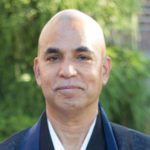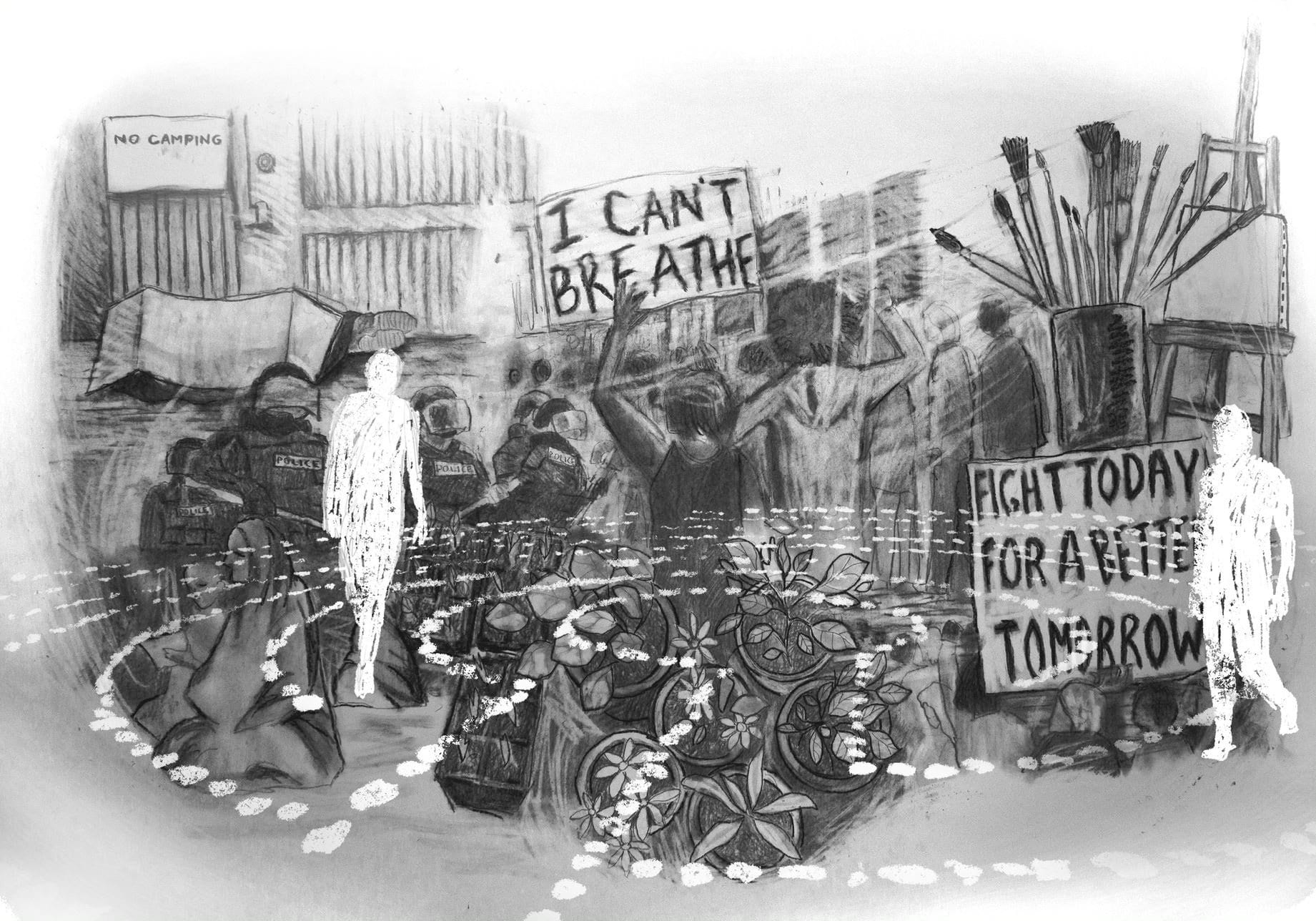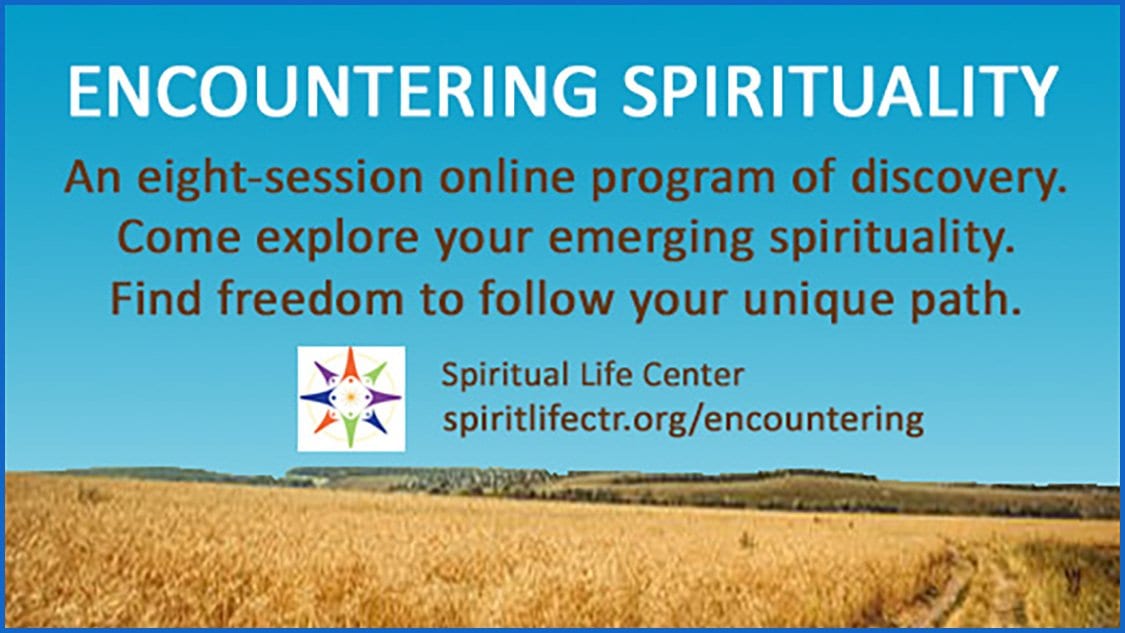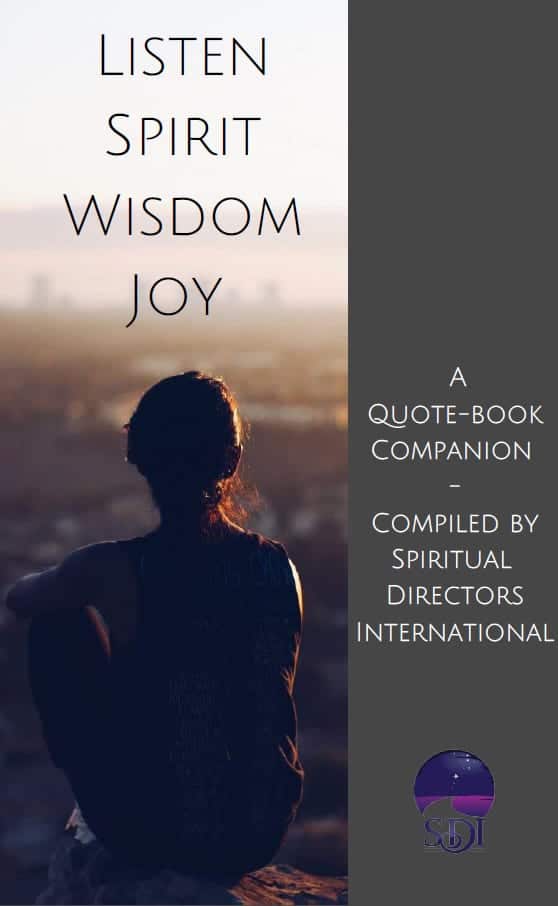July 2020
Volume 14
Issue 3
What is ours to do?

by Reverend Seifu Anil Singh-Molares
In these challenging times of multiple raging pandemics, with viruses, fear, systemic racism and injustice everywhere, we ask ourselves: “What is mine to do? How do I respond to everything that is happening with integrity, and in accordance with my talents, abilities, and limitations?”
As we witness people demonstrating around the world, many of us spiritual companions wonder whether we are falling short. We might find ourselves unable to attend due to Covid-related health concerns, but also because of our varied temperaments, or physical disabilities, and other factors.
And the circumstances of our confinement also invite considerations around how to be the best spiritual companions we can. How do we best assist people remotely, through those little pictures on the screen? How do we maintain intimacy, and safety? In short, how can we be most effective in this new world of ours?
It can feel a bit like being lost in a maze or labyrinth, struggling to find our way out and forward, mapping the best path.
And it reminds me of the allegory of the cave in Plato’s Republic, where the prisoners’ reality manifests as shadows cast on the wall they are forced to face, from a fire behind them. Without going too far into Plato’s lessons from that tale (which go in a completely different direction), the analogy is suggestively apt to the plight of bringing ourselves into the light in these constrained circumstances, when our reality has increasingly become akin to shadows on a wall.
With all that said, demonstrations aren’t the only, nor necessarily the most effective, way to fight racism. And, similarly, in person meetings are not the only way to practice spiritual companionship, as we are discovering.

Most spiritual companions and directors endeavour to support the people who come to us as they wrestle with the fundamental questions of our existence, such as “Who am I?”, “Why am I here?”, “How do I live a life of meaning?”, and, most importantly in our field, “What is my relationship with the essence of everything?”
As we act as mirrors and supporters to those we companion, we attempt to cut to the heart of the matter. To the core.
In that light, “what is ours to do?” comes in many different guises. For instance, those of us by nature more introverted may sit in quiet contemplation with others as they discern on their own natures, and their own hearts. For the extroverts, it may indeed be taking to the streets, and being literally and figuratively demonstrative.
Both sets of responses are perfectly fine, and neither is necessarily better than the other. In fact, the range of responses enriches all of our perspectives, as we can all collectively “see” more clearly when we have multiple viewpoints on anything.
It is also true that no two people ever see in the same way, even when we are looking at the “same” thing. As an example, if we analogize spiritual growth as akin to climbing a mountain, with spiritual companions as our guides as we ascend, even at the very top, with both sets of eyes trained on the same view, what we each see would be quite different.
On a relative level, we are all unique, and experience the world, God and the Universe, distinctly. So our responses to the current situation, in all of its gravity and complexity, will likewise be multi-faceted. And if we really do believe that it’s the road traveled that matters, and not the destination, then a variety of responses are all “right,” on some basic level. The most important thing is to act with integrity in purpose, and to be true to ourselves. What we have to offer, as long as it is well intentioned, sincere, and genuine, will illuminate the path of its own accord.
Of course, on an absolute level, we are all indeed one, tiny fragments of a larger organic whole. And that unified field, or water well, feeds and nurtures us all equally. We are in it always, beyond yesterday, today and tomorrow. Beyond myself, yourself, and ourselves. From that standpoint, what isn’t ours to do? And what isn’t already being done?
Ultimately, most of us operate on some kind of continuum, responding in varied ways to different circumstances. And we are certainly not uniform even within ourselves, and may have one type of response today, and a completely different one to the same trigger tomorrow. What wonderful complexity!
So what is ours to do? Every day and every moment bring the answers, both intended and unintended, seen and unseen. And like ripples on a pond, they spread and extend, eventually far beyond our own particular views, into the heart and essence of everything.
With love,
Rev. Seifu

“...the circumstances of our confinement also invite considerations around how to be the best spiritual companions we can.
...how can we be most effective in this new world of ours?
It can feel a bit like being lost in a maze or labyrinth, struggling to find our way out and forward, mapping the best path.”
Labyrinth Walk
The nun, who was no Ingrid Bergman,
warned us before we left the convent:
“Our labyrinth walk is not perfect.
The gravel path has weeds
and goose poop. But then,
so does the journey
of life.”
She winked and waved us on.
And we followed, like lemmings
into the cold November night,
flashlights in hand, collars turned
against the wind,
socks double thickness.
As the full moon rose
over Hampton Bay,
we formed a circle and set
our intentions as the nun instructed.
We called upon the ancients
who roamed the land (they were never more
than a foot and a half away from us,
she promised).
We walked deliberately in silence then,
finally reaching the aluminum wash tub
in the center, filled with a network of dried twigs.
The nun bent to light them.
Flames catching slowly,
then rising high,
thin ribbons cutting the night.
Maria Mandarino is an acupuncturist, massage therapist, and spiritual director who lives in the northwest Phoenix Valley. She has been writing for over 30 years, has published a novel, and teaches classes in contemplative writing.
Helplessly Hopeful at 90
The old lady poet
—never a poetess—
is dying,
wasting away before my eyes
and ears,
her voice stiffens
her chuckle flutters
her cheeks sag and pouch
her faith mellows.
She is dimming—
only a poem brightens her day,
engages her mind
delights her soul—
a poem or heaven
the same to her.
“I’m just moving on through it,”
she tells me.
No not yet, I think, and cry.
If I were God I’d say to her:
Gloria, you are a poem
Mine.
Rev’d Lyn G. Brakeman is an Episcopal priest and the author of two books and a 2016 memoir God Is Not a Boy’s Name. Becoming Woman. Becoming Priest published by Wipf and Stock/Cascade Books.
MATSUO BASHO
The dragonfly
can’t quite land
on that blade of grass.
Translated by Robert Hass
Publisher: Spiritual Directors International
Executive Director and Editor: Rev. Seifu Anil Singh-Molares
Production Supervisor: Matt Whitney
Submissions: [email protected]
Advertising: [email protected]
Listen is published four times a year. The names Spiritual Directors International™, SDIWorld™, and SDI™ and its logo are trademarks of Spiritual Directors International, Inc., all rights reserved. Opinions and programs represented in this publication are of the authors and advertisers and may not represent the opinions of Spiritual Directors International, the Coordinating Council, or the editors.
We welcome your feedback on any aspect of this issue of Listen, or on SDI as a whole. Please send your comments to [email protected]

The Home of Spiritual Companionship
PO Box 3584
Bellevue, WA 98009










